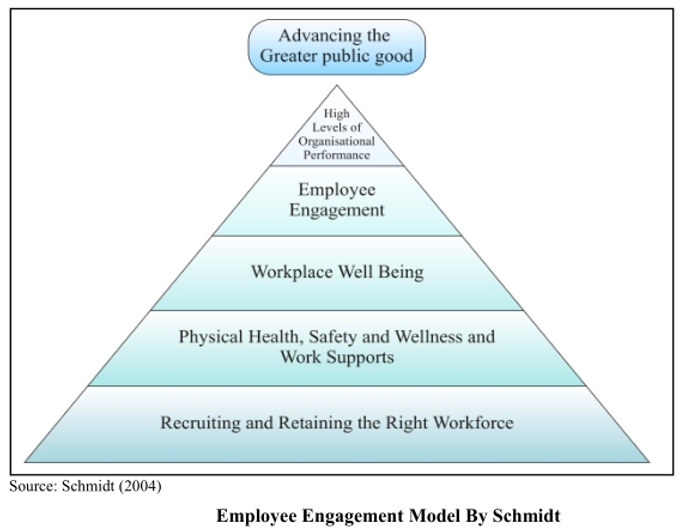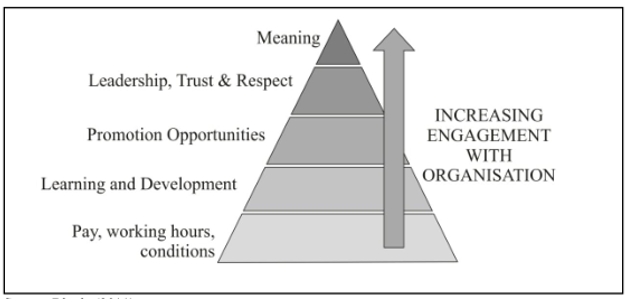A Workplace Champion, or Employee Champion, is an employee that is dedicated to improving a certain area within the company. They’re generally high-performing, engaged employees that can pass this enthusiasm onto others.
An employee champion role can give an engaged employee the freedom to share their passion for an aspect of their role with others. For example, a training champion will actively look for skills gaps and approach management with ideas for how to fill them.
Because the scope of the Champion is small and limited to one area of the business, they can dedicate more of their attention to it and uncover insights that would otherwise remain buried. They should dedicate time each week to gauging employee feelings about their area and communicating this to management.
Employees are also able to approach these champions about their concerns. For example, that training champion that we’ve mentioned will be the point of contact for all things training related, so if an employee wants to further their education, they know who to talk to.
If there are changes within the Employee Champion’s area, then they’ll play a key role in managing this. Never underestimate the value of communication during times of change within the business.
Types of Employee Champions
Dispersing responsibilities among different champions allows people to specialise in their area of expertise and bring their past experience to the table.
- Training and development champions can be particularly effective in improving the employee experience. They work more closely with colleagues than upper management and can be more equipped to suggest relevant training. They can also spot any existing skills gaps and work towards filling these. They may see colleagues struggling with tasks, or find alternative options within their development path.
- Mental health champions can also be well utilised within the organisation. Assigning an advocating for those experiencing mental health issues can go a long way in opening up communications channels and supporting staff who are struggling.
- Safety champions can be on the lookout for risks that have been overlooked, help implement new safety policies, and ensure that safe practices are being followed throughout the business.
- Wellness champions can speak to their colleagues and find out which healthy initiatives would be the most useful, whether it’s a bike-to-work scheme, a subsidised gym membership, mindfulness classes, or free healthy lunches.
- Employee engagement champions have their fingers on the pulse to highlight and fix any issues that may be impacting the wider workforce. They can spearhead new initiatives to increase engagement, working with HR to measure the outcomes.
Employee engagement is the level of mental and emotional commitment an employee has towards their job, the organization, and its goals.
An engaged employee is driven to help their organization succeed by directing their best efforts towards their work. They believe in the organization, and they will work to make sure that the organization succeeds.
It is important to note that employee engagement is different from employee satisfaction. A satisfied employee will not necessarily commit extra time and effort into the organization’s success, rather they will perform their job competently without expending extra effort.
Job satisfaction tends to be transactional, corresponding to salary and benefits. Employee engagement is not transactional; an employee with a higher salary will not necessarily be an engaged employee.
IES model of engagement
The IES model, developed in 2003, emphasizes that employees must feel valued and involved to be properly engaged with their employer.
The ten core concepts that lead to feel valued and involved are:
- Job satisfaction
- Family-friendliness
- Cooperation and communication
- Health and safety
- Pay
- Conditions and benefits
- Equal opportunities and fair treatment
- Performance and appraisal
- Immediate management and training
- Development and career
When those needs are fulfilled, then employees will be engaged.
Schmidt model of employee engagement
The Schmidt model, developed in 2004, places a great deal of importance on the recruitment and retention of the right workers.
This model posits that once an organization has the right workforce in terms of specific competencies and knowledge, then they can focus on creating a positive and supportive workplace, which in turn promotes a feeling of workplace well being, which will lead to employee engagement.

Penna’s model of employee engagement
This model, developed in 2007, is a hierarchical model.
The pyramid-shaped model begins with basic working conditions. It then moves to the next level, learning and development, followed by promotion opportunities, which is followed by leadership, trust and respect. At the top of the pyramid is meaning.
As the organization develops each of these levels, employee engagement will increase. This model posits that an organization that follows this model, delivering meaning within work to employees, will increase their retention and attract better employees.

The Zinger model of employee engagement
David Zinger developed this model in 2009.
This model balances three inputs:
Organizational –
Organizational input is the development of a culture where employee engagement is valued, prioritized and shared amongst all employees. Recognition and appreciation are key aspects of this. At the top levels of management, support should be given, as well as investment in organizational resources and education, to increase engagement.
Leadership –
Leadership input is the development of leaders who are themselves engaged. Zinger’s model states that employees will not become engaged if their leaders are not, so this is a key step.
Leaders must engage authentically with their employees, paying close attention and working enthusiastically to develop their team’s strengths and helping them overcome weaknesses.
Individual –
Individual input is the employee’s own engagement contributions. Employees should work to focus on the positive aspects of engagement, channeling their energy in the correct direction while making space to include fun in their work life. Ownership of one’s own work and contributions to the organization are key factors here.
Zinger’s model posits that when those three inputs are developed, employee engagement will increase.
The Zinger engaged model is arranged like a pyramid, with the bottom four blocks representing the leveraging of employee strengths, making meaning in work, leveraging employee energy, and employee well being. The next level consists of three blocks that represent living in the moment, fostering a strong workplace community, and proper recognition of employee effort. The third level is two blocks, representing the path of career development and excelling at a performance. The final level, which is the culmination of all the levels below it, is the achievement of results.

